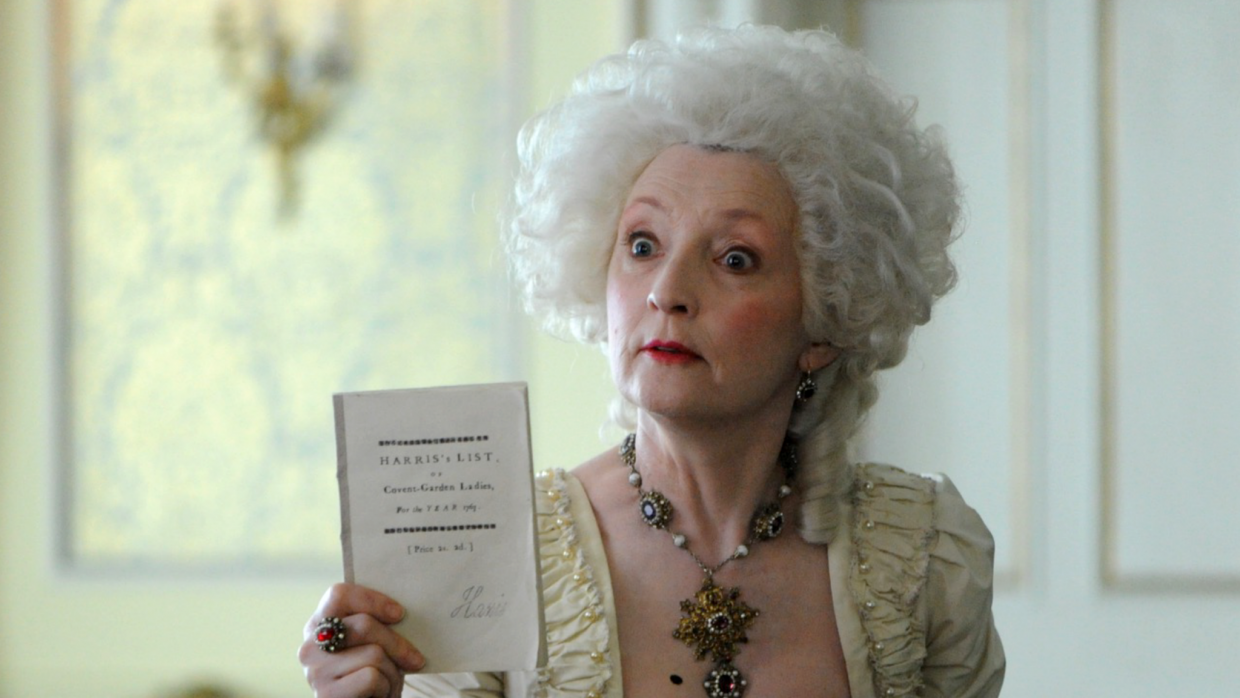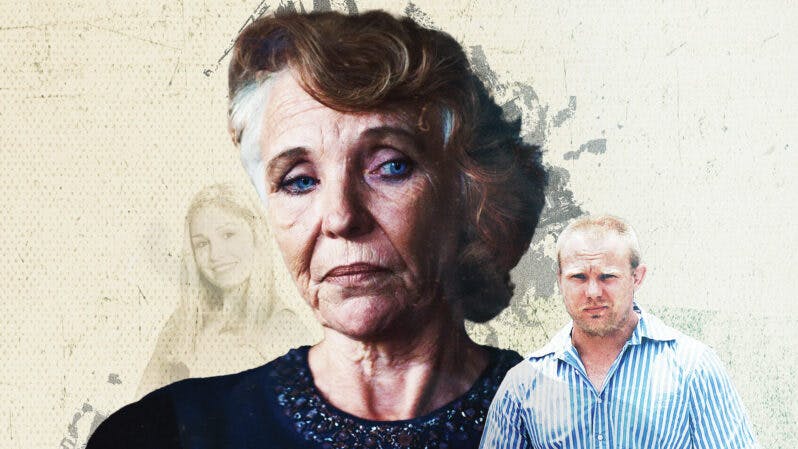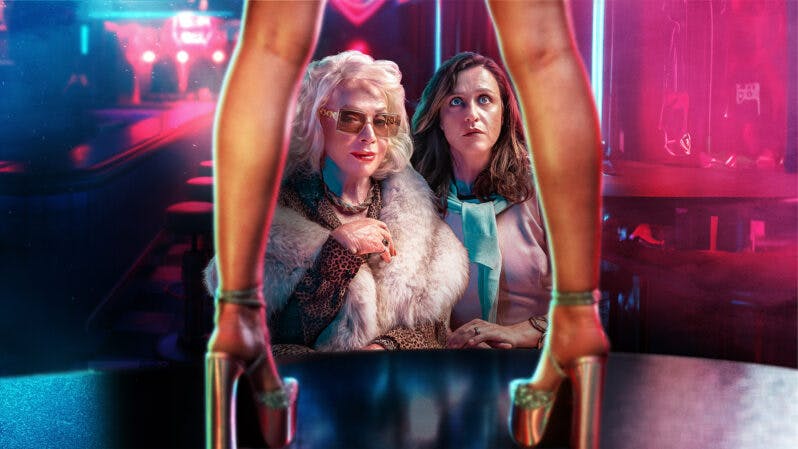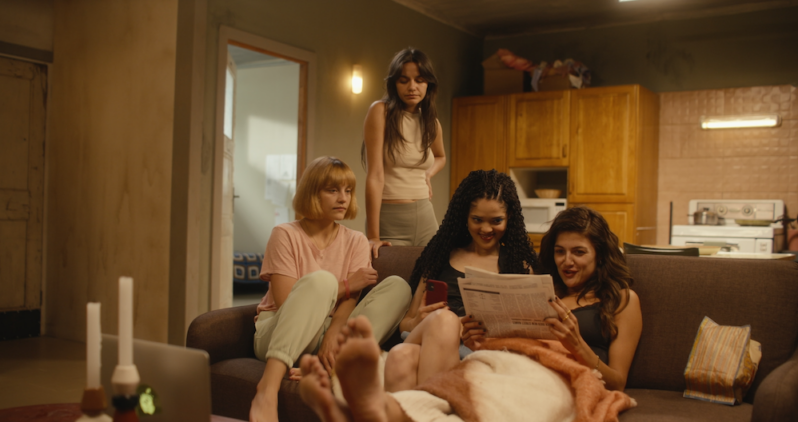
9 August 2017
Harlots: sex, power, money
Prostitution has been nicknamed “the oldest profession”. It has certainly been a popular one at times. By the 1700s in London, the setting for the new 8-episode TV drama series Harlots – S1-3 now available first and only on Showmax – an estimated 1 in 5 women was earning her living on her back. But their lives and ambitions were far more complicated than lying there like fleshy, coin-operated sex machines – for one thing, the women themselves controlled the industry with profitable sidelines in theft and gambling.
Instead of offering up soft-core tantalising camera shots of nude bodies, Harlots focuses on brothel madam Margaret Wells (Samantha Morton), her daughters Charlotte (played by Jessica Brown Findlay, better known as Lady Sybil in Downton Abbey, and Lucy (Eloise Smyth) and her working girls’ machinations to grab their slice of the dirty pie, while their rival and Margaret’s ex-boss Lydia Quigley (Lesley Manville) carves out her own piece. “It’s a show about economics as much as it is about sex workers,” says series creator Moira Buffini.
And it’s not an exaggeration. Prostitution was a real money-spinner during the 1700s:
- Prostitution was so commonplace that an unofficial guide to London prostitutes, Harris’s List of Covent Garden Ladies, started circulating during the 1750s. It ran to nine editions and continued publishing for nearly 40 years, selling 250 000 copies! In a wonderfully funny moment in the first episode, viewers overhear the prostitutes having a whale of a time as they read out one another’s “reviews” – based on real entries in the original List, which included sections for “The Full Figured, The Unusual, Ladies of Experience and The Poxed”. (It was, in fact, this Yellow Pages of London’s prostitutes that inspired Harlots.)
- In modern currency terms, prostitution brought around £1.5 billion (over R23 billion) per year into London’s economy at the time.
- A common prostitute earned about 80 times a housemaid’s annual salary (which was just over £400 or R6 970 – yes, per year) and the working conditions and chances of promotion were arguably better, as was the chance of social mobility – prostitutes were accepted in all sorts of places that respectable women were not.
- Sold to the correct bidder, auctioning virginity could bring a brothel £11 000 (R191 681). And a canny madam could use a variety of tricks to sell the same girl’s virginity several times over until word got around.
Get Showmax now to binge on Harlots and more top-notch British period drama.
Original African stories by local talent

Empini S1
Stream the Showmax Original drama series Empini from 23 May 2024.

Original Sin: My Son The Killer
Original Sin: My Son The Killer follows the murder of Andrea Venter by Gerhard Jansen van Vuuren, who then went on the run from South Africa to Brazil.
Tracking Thabo Bester
From the makers of Devilsdorp and the director of Convict Conman comes the true-crime documentary South Africa has been waiting for. Two episodes now streaming, and the remaining two episodes land on 22 March 2024 on Showmax.

The Illuminated
The Showmax Original docuseries The Illuminated explores different religious movements in South Africa. Stream now, with new episodes every Wednesday.

Koek S1
The crime comedy Koek, starring Cindy Swanepoel, now streaming on Showmax, with new episodes every Thursday.

Ekhaya Backpackers S1
Stream the Showmax Original comedy series Ekhaya Backpackers, with new episodes every Thursday.

Cheta M
Cheta M explores the love story between Adanna and Nnanna, young lovers who battle the spiritual and political forces in their way. Stream now, with new episodes Wednesday to Friday.

Youngins S1
Stream Tshedza Pictures’s first teen drama, Showmax Original Youngins, with three new episodes every week.
The Roast of Minnie Dlamini: The roast everyone's been waiting on
Empini, coming soon
More Mzansi gold

Your initiation into the cool, chaotic world of Wyfie
Feel like we’re almost at midterms but you stopped going to class after you skipped a couple of lectures? Let’s swot up on Episodes 1-24 of Showmax Original Wyfie.

Must-watch trailer for The Showmax Roast of Minnie Dlamini
See the trailer for The Showmax Roast of Minnie Dlamini, premiering on Showmax this Friday, 26 April 2024.

Nambitha Ben-Mazwi stars in Showmax Original Empini
Multi-award winner Nambitha Ben-Mazwi leads new Showmax Original Empini. The action-packed drama series premieres on Showmax 23 May 2024.

Youngins Season 1 episodes 31-33 recap: Revelations
Amo and Mahlatse become a couple, Tumelo ditches Sefako, and Khaya sees both Sefako and Principal Mthembu in a new light in episodes 31-33 of Showmax Original Youngins.
